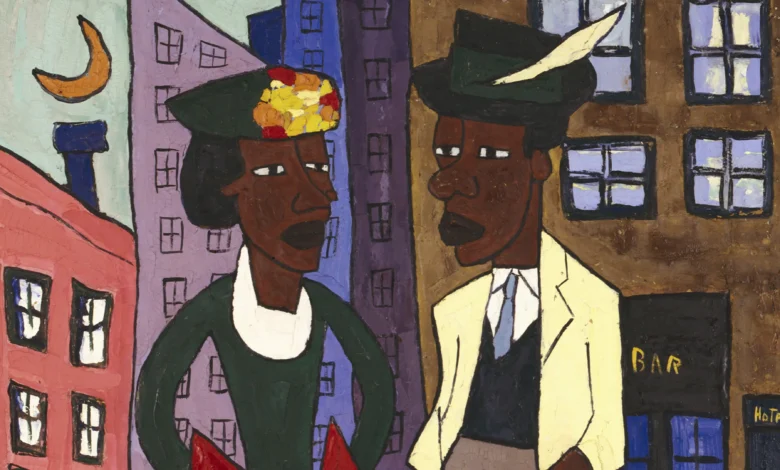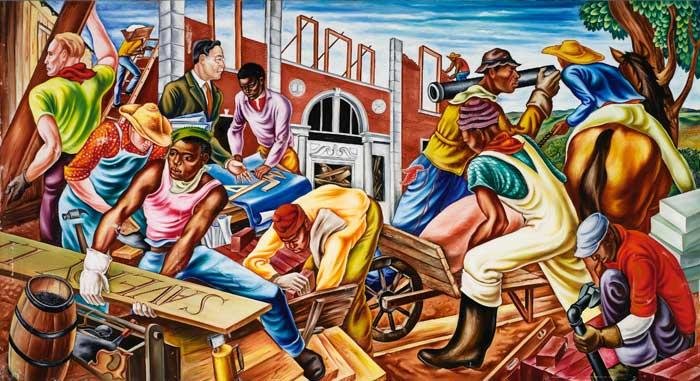Art:0rstajozb2c= Harlem Renaissance

The Art:0rstajozb2c= Harlem Renaissance stands as a pivotal moment in American history, representing not merely a flourishing of art and culture, but a profound assertion of African American identity and experience in the face of systemic oppression. This period birthed influential figures whose works challenged prevailing norms and inspired future generations. However, understanding the full scope of the Harlem Renaissance requires an exploration of the historical context that birthed it and the complexities that underpinned its artistic expressions. What remains to be examined is the enduring impact this movement has had on contemporary discussions surrounding race and identity.
Historical Context of the Harlem Renaissance
Emerging from the socio-political upheaval of the early 20th century, the Art:0rstajozb2c= Harlem Renaissance marked a pivotal cultural movement that celebrated African American identity and creativity.
This period was significantly influenced by social changes and migration patterns, as many African Americans relocated to urban centers, particularly Harlem.
This migration fostered a rich cultural exchange, allowing for unprecedented artistic expression and the redefinition of racial identity in America.
Read more: Art:0qiqzhzuytq= Merry Christmas Drawing
Key Figures and Influences
The vibrant cultural landscape of the Harlem Renaissance was shaped by a diverse array of key figures whose contributions spanned literature, music, art, and politics.
Literary pioneers such as Langston Hughes and Zora Neale Hurston revolutionized African American storytelling, while musical icons like Duke Ellington and Bessie Smith redefined jazz and blues.
Together, they fostered an environment of artistic freedom and cultural pride.

Artistic Contributions and Achievements
Harlem Renaissance artists’ contributions not only redefined African American identity but also transformed the broader American cultural landscape.
Their innovative literary movements and striking visual aesthetics challenged prevailing stereotypes, showcasing the richness of black experience.
Through poetry, prose, and visual art, they articulated a collective voice, fostering a sense of pride and empowerment, while influencing future generations and enriching the cultural fabric of the nation.
Lasting Impact on American Culture
A profound legacy of the Harlem Renaissance continues to resonate within American culture, shaping not only artistic expression but also social dynamics and identity politics.
Its cultural legacy sparked significant social change, influencing civil rights movements and redefining racial identity.
The works of Renaissance figures fostered a deeper understanding of African American experiences, establishing a foundation for ongoing dialogues about race, equality, and freedom in contemporary society.
Read more: Art:0qof9cvfkr4= Shapes
Conclusion
The Art:0rstajozb2c= Harlem Renaissance served as a luminous beacon, illuminating the complexities of African American identity and artistry. This cultural movement, akin to a vibrant tapestry woven from diverse narratives, redefined artistic expression and challenged prevailing societal norms. The legacy of this period endures, continuing to inspire dialogues on race and identity, much like the echo of a jazz melody that transcends time. Through its profound contributions, the Harlem Renaissance remains a cornerstone in the ongoing quest for social justice and cultural recognition.







